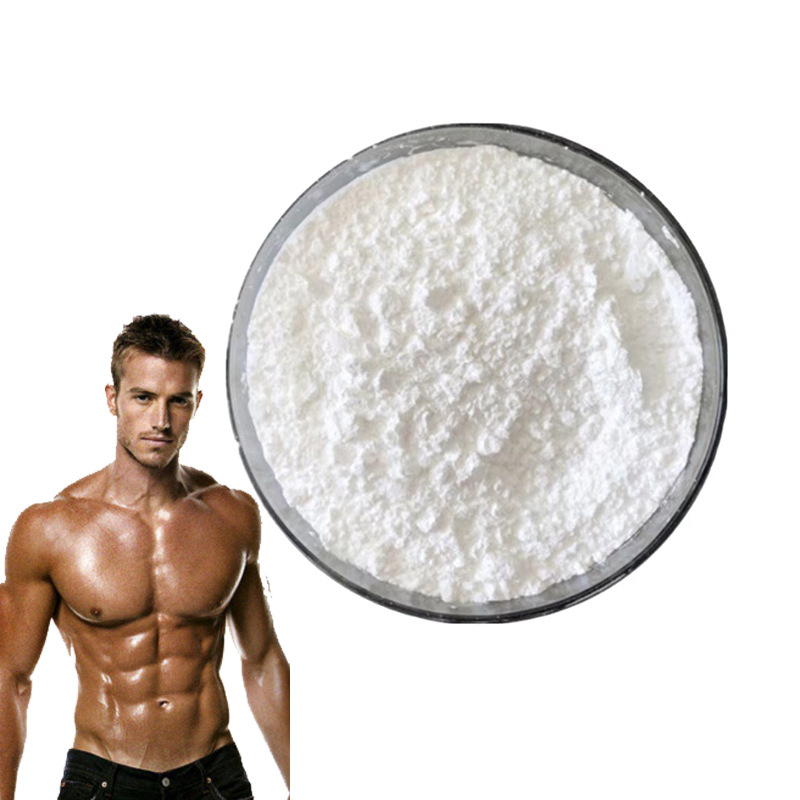GHRP-2 and Muscle Structure
GHRP-2 and the Heart
Studies in fetal heart cell culture lines have suggested that GHRP-2 and its analogs (GHRP-1 and GHRP-6) may help protect heart cells by minimizing apoptosis, or programmed cell death. [4] The peptide appears to protect the heart muscle from reduced blood and nutrient supply, which in some cases can trigger cardiac arrest. Studies of the GHRP-2 analog Hexarelin have shown that these peptides associate with specific receptors. It has been hypothesized that the receptor CD36 may play a prominent role in the binding of oxidized low-density lipoprotein (OxLDL). There appears to be an interaction between GHRP-2 and CD36 that may result in a reduction in the uptake of OxLDL by cells, which is thought to be involved in the development of atherosclerosis, characterized by reduced blood and nutrient flow. Preliminary findings suggest that GHRP-2 may reduce interferon-gamma levels by approximately 66% in cultured aortic smooth muscle cells, a model used to study the effects of atherosclerosis. Although GHRP-2 does not appear to significantly alter the extent of atherosclerotic plaque formation, it is suggested that the peptide may reduce superoxide production within vascular tissue. In addition, GHRP-2 has been reported to reduce the gene expression of 12/15-lipoxygenase by nearly 92% and may also reduce the levels of interferon-gamma and macrophage migration inhibitory factor. Experimental observations in cultured aortic smooth muscle cells suggest that GHRP-2 may inhibit OxLDL-induced superoxide production, mitigate downregulation of IGF-I receptors, and possibly prevent apoptosis. In OxLDL-loaded macrophages, it has been hypothesized that GHRP-2 may reduce lipid accumulation, thereby emphasizing its expected antioxidant and protective effects in situations where blood and nutrient supply are compromised.

GHRP-2 and the Immune System
GHRP-2 and pain perception















